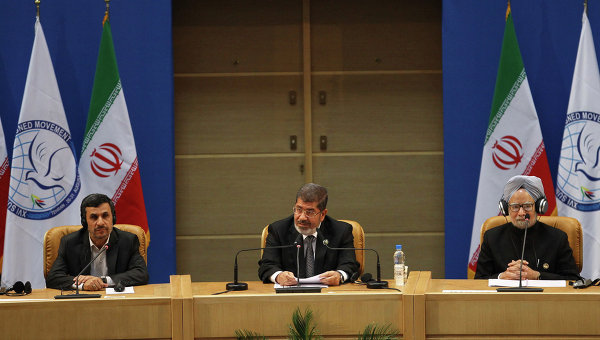JERUSALEM: Covered faces, stones and tear gas – this was the scene on the streets of east Jerusalem in last month’s “day of rage declared in response to the opening of a synagogue in the Old City’s Jewish Quarter next to the Al-Aqsa Mosque.
In the weeks that followed, Jerusalem refused to leave the headlines with the Israeli government’s declaration that it plans to build 1,600 new houses in east Jerusalem and a hotel in the middle of the Palestinian neighborhood of Sheikh Jarrah. Whether due to timing or substance, this time the Americans put their foot down, as did the Palestinian National Authority, who considered that such a step would completely undermine negotiation efforts.
Meanwhile in the streets, the growing lack of faith in negotiations is translated into talk about the possibility of a third intifada. The clashes which took place across Jerusalem and the West Bank are seen by some as the potential precursor to a wider conflagration. The crucial question-are we likely to see a third intifada soon? And what will it look like in the context of barriers and a separation wall? What will prevail as a result, the rifle or the olive branch?
These scenarios take us back to the debates from the 1960s and 70s between Martin Luther King Jr. and Malcolm X about the use of violence or nonviolence in the struggle for civil rights. King demanded change through nonviolent means alone, while Malcolm X believed that change should come through all means necessary. In this context, it is important to mention Frantz Fanon who said liberation can only be won through violence and became the intellectual inspiration for many violent struggles against colonialism in the 60s and 70s, specifically in the Middle East. Today, many Palestinian and Islamic movements like Hamas and the Islamic Jihad are still captive to such violent visions, or as Fanon would call it “the prophesy of violence, which I consider to be “the Palestinian favorite sin. Only they introduce religious discourse to justify their actions.
Another important although somewhat ambiguous voice in this debate is that of Edward Said who both justified armed resistance – but only in a limited fashion and in the framework of international law – and advocated a nonviolent peaceful struggle. Said’s approach, which combines the ideas of Gandhi and Fanon, is a duet of violence and nonviolence that seems on the surface to be illogical. Perhaps there is some sense in his position if we consider that he refused to legitimize the targeting of civilians and, in fact, thought that suicide bombings contradicted the idea of “liberation. Unfortunately, Said’s stipulation that armed resistance must remain within the limits set by the rules of engagement was ignored by many Palestinian factions.
I believe that the logic of violence completely contradicts the notion of nonviolence. The two cannot work together. In other words, Palestinian should use, if they must, an “amended intifada, not only because it is the ethical and humanitarian response to occupation, but also because it is more effective, and in a language that many Israelis and internationals can understand.
An armed struggle which targets civilians, launches rockets and does not abide by international law will only have a negative and burdensome impact on the Palestinians. It will radicalize elements in society, lead to more hatred and more suffering for both sides, and will also, no doubt, hamper the process of building Palestinian society. Edward Said once commented that even in the midst of the struggle it is important to begin to plan ahead for the future of society after it achieves liberation and bear in mind that the qualities of a society under occupation will remain even after it achieves liberation. In my opinion, using violence to achieve liberation will only lead to internal violence and corruption post liberation.
Perhaps the experience of the nonviolent struggle in Bi’lin and Ni’lin in the West Bank, and Sheikh Jarrah in Jerusalem, where international and Israeli supporters work together with Palestinians despite the odds to build a future of mutual acknowledgment and acceptance, are the most prominent current examples for the spirit of nonviolence.
Murad Bustamiis a nonviolent activist from east Jerusalem. This article was written for the Common Ground News Service (CGNews).
